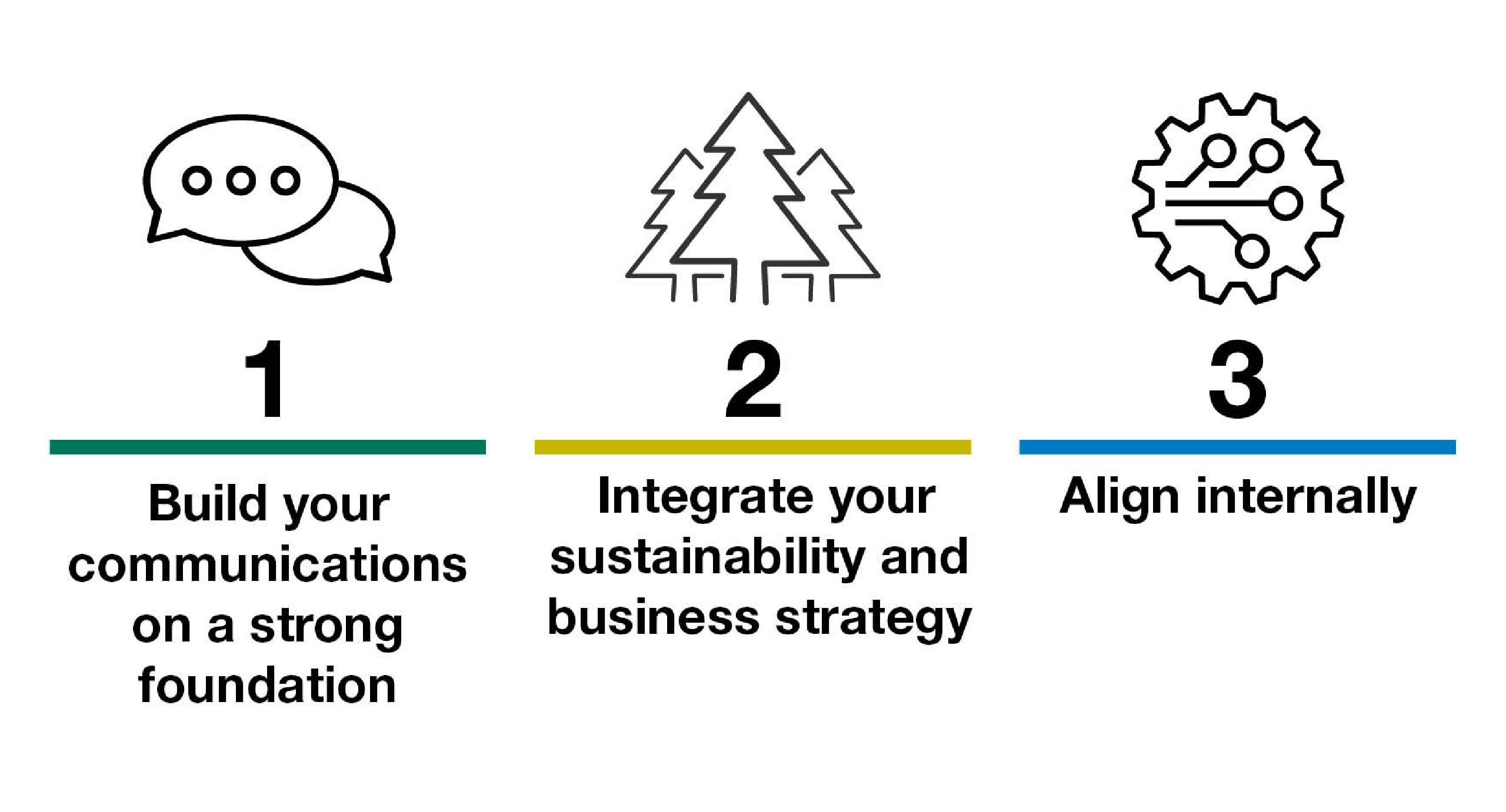
Many companies understand that communicating about their sustainability activities can give them a competitive advantage against their peers.
Consumers are increasingly sophisticated in their understanding of sustainability issues and will make purchasing decisions accordingly. Employees look at organizations’ sustainability credentials as a key consideration in their next career move. Investors are directing capital towards organizations with recognizable performance in environmental, social and governance (ESG), utilizing external rating agencies as part of their due diligence.
At the same time, regulators are introducing a raft of new corporate disclosure regulations – increasing the level of transparency around businesses’ sustainability activities.
Within this context, the communication stakes for companies are high. In the race to burnish their sustainability credentials, companies need to ensure that they don’t fall foul of greenwashing claims or, worse, through regulatory intervention or lawsuits.
Preparing for green claims regulation
Companies ‘greenwash’ when they either exaggerate or fabricate the environmental impact of their company, services or products in order to make the company or product appear more attractive, or to deflect from potentially environmentally harmful operations by focusing on activities which are more environmentally friendly. For some companies, fear of perceived greenwashing has led to saying very little about their sustainability activities, referred to as ‘greenhushing’.
In response to stakeholder concerns, on 11 May 2023, the EU Parliament approved a new directive aimed at tackling false claims made by organizations, meaning that terms like ‘ environmentally friendly’, ‘natural’ and ‘biodegradable’ could be banned unless there is clear evidence to support the claims. This could involve requiring verification of green claims in product labelling before being able to go to market.
Combined with other new regulatory disclosure frameworks, such as the SEC’s proposed climate reporting requirements in the US and the EU’s Corporate Sustainability Reporting Directive, which will mandate more organizations to disclose ESG data, a more consistent taxonomy is emerging against which we can audit our communications.
To prepare for these requirements, and to meet the increasing expectations of stakeholders with transparency and integrity, companies need to proactively manage the way they communicate to ensure they are not overpromising on their sustainability claims – and do this consistently across all their communication touch points.
